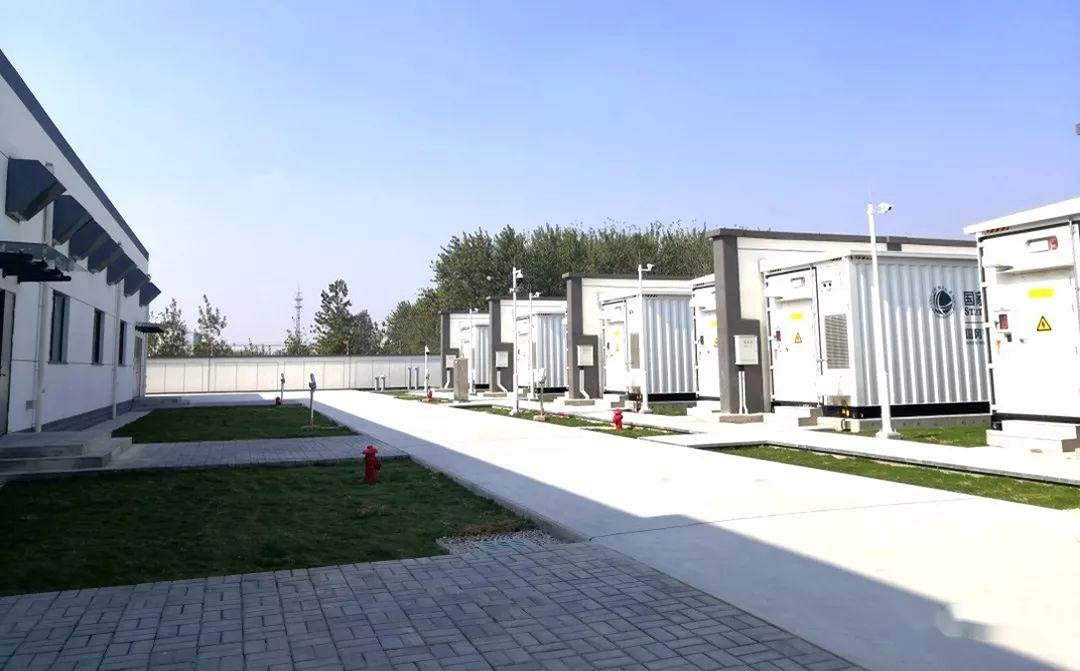
Dec . 27, 2023 16:12 Back to list
How microgrids help simplify an electrical energy future
The electrical grid in the United States has been a reliable and dependable source of electricity distribution for many decades. However, due to various factors such as the decarbonization of production, the electrification of transportation, and extreme weather events, the centralized production and distribution of electricity is no longer as reliable as it once was.
As a result, many government institutions, businesses, and communities are now turning to microgrids as a solution to keep the power on during outages. So, what exactly is a microgrid? A microgrid is an interconnected electrical system that consists of multiple generation sources and controllable loads. It can operate in parallel or independently from the utility grid and is designed to provide a reliable solution for unexpected power loss and energy management. The generation sources in a microgrid are often referred to as distributed energy resources (DERs), which are decentralized assets controlled as an integrated system.
A microgrid is essentially a mini electrical grid within the larger grid, and it can operate autonomously or "islanded" from the main grid for maximum system resilience. Its primary purpose is to provide uninterrupted and reliable power in the event of a utility grid outage, ensuring that critical operations can continue without interruption.
So, how does a microgrid actually work? A microgrid coordinates various power generation assets that can either work in conjunction with a utility provider to augment their production or operate autonomously to power critical operations. These assets typically include traditional fossil fuel generators, as well as renewable sources such as wind, solar, and energy storage. The microgrid works by generating and optimizing energy usage to provide resilient, efficient, and sustainable electricity solutions.
To enable the various components of a microgrid to operate in a coordinated way, intelligent microgrid control systems are used. These control systems can be thought of as the conductor of the DER orchestra, ensuring that all the assets work together seamlessly.

One of the key advantages of microgrids is their flexibility and customization. Each microgrid can be tailored to meet the specific needs and requirements of the organization deploying it. Depending on their priorities, organizations typically fall within the spectrum of prioritizing three goals: resilience, efficiency, and sustainability. However, building a microgrid that fully satisfies all three objectives can be cost-prohibitive. Therefore, developers work closely with organizations to understand their unique needs and identify the applications and assets required to custom engineer an appropriate solution.
Resilience is a major concern for many companies and residential communities. With the increasing threat of cyber-attacks and extreme weather events, access to consistent and reliable power is crucial. Many states have recognized the importance of microgrids in reducing or eliminating power loss and have invested in them as part of their disaster-response efforts. Microgrids not only help bolster critical operations but also contribute to a more resilient energy infrastructure, ensuring that communities can quickly recover from a crisis.
Efficiency is another key benefit of microgrids. Governments, corporations, and institutions can achieve financial benefits through cost avoidance and external monetization. Cost avoidance involves maximizing the use of freely produced energy from renewable sources. When energy storage is added to renewable sources, it enables the stored power to be used during times of high utility grid energy costs, reducing peak demand charges and providing utility bill savings. External monetization occurs through participation in demand response programs or selling energy services to third parties.
Lastly, microgrids play a significant role in sustainability efforts. Many organizations have established goals to reach carbon neutral operations by a given date. However, one of the challenges with renewable energy sources like solar and wind is their intermittent nature. Microgrids can utilize a combination of renewable sources and battery energy storage systems to store excess energy during times of peak generation and discharge it when renewable sources are not producing enough to meet the demand. This helps organizations achieve their decarbonization goals while providing energy cost savings and operational resiliency.
One leading company in the microgrid industry is ACDC. They specialize in helping customers build dependable power solutions tailored to their specific needs. At their Experience Center, clients can explore various ways to access renewable energy, profit from excess supply, and even operate off 100 percent internal power with no grid support whatsoever. ACDC's microgrid controller intelligently manages multiple sources such as solar, energy storage, generation, and utility supply to ensure power continuity during utility interruptions. Their modular system design also allows for future scalability and customization.
In conclusion, microgrids are becoming an increasingly popular solution to the challenges of grid dependability and power outages. By providing reliable power during outages, microgrids help ensure that critical operations can continue without interruption. Furthermore, microgrids offer various benefits such as resilience, efficiency, and sustainability, making them an attractive option for governments, businesses, and communities around the world.
Related products:
Self-Cooling-EN-215 Outdoor Distributed Energy Storage Cabinet - Power Type
Will be removed if infringing
Reference website:https://www.eaton.com
-
Portable Battery Power Station Revolutionizing Clean Energy Solutions
NewsAug.23,2025
-
The Future of Mobility Relies on Advanced DC EV Charging Stations
NewsAug.23,2025
-
Future Proof Facilities Using EMS Energy Monitoring System
NewsAug.23,2025
-
Intelligent EV DC Fast Charging Stations Power Tomorrows Mobility
NewsAug.23,2025
-
Revolutionizing Power Management with Advanced Energy Storage Cabinet Solutions
NewsAug.23,2025
-
Global Energy Challenges Meet Advanced EMS Power System
NewsAug.23,2025























